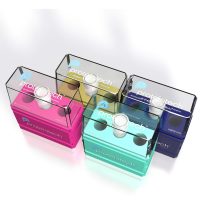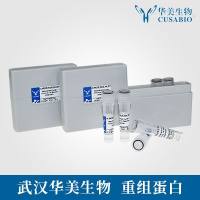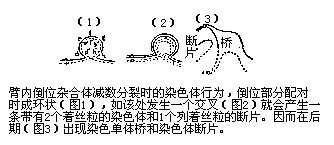Sequence Inversion by Flip-PCR
互联网
966
Flip-PCR was designed to allow the sequence inversion of small regions of DNA within a regulatory region in order to examine the importance of cis-acting elements on transcriptional activity (1 ). Flip-PCR, a modification of the two-step overlap extension method of site-specific mutagenesis (2 ,3 ), requires two rounds of amplification utilizing two internal inversion primers and two wild-type external or flanking primers. The method is diagrammed in Fig. 1 . Primers A and B are the flanking primers and primers C and D are the inversion primers. The first round of amplification, which separately utilizes sets of one flanking primer (Fig. 1A,B ) and one inversion primer (Fig. 1C,D ), results in the formation of two overlapping products. The internal primers are designed to include a region that is complementary to the template as well as a region of inverted sequence. The two internal primers (C and D) are complementary in the inverted regions and will anneal, extend, and be amplified by a second round of PCR using only the external primers (A and B). The resulting product can then be cloned directly into a PCR cloning vector or restricted within the external primers and cloned into the vector of choice. The products of the first round of amplification serve as the only template in the second round. Therefore, there is no contaminating amplification of the wild-type template to decrease cloning efficiency.


Fig. 1. Diagram of Flip-PCR procedure. The wild-type orientation of the inversion sequence within the template is indicated on the template by solid black arrows. Oligonucleotide primers are depicted with arrows at their annealing sites along the template. The two inversion primers (C and D) anneal to opposite strands of the DNA template. The inversion portion of the inversion primers (C and D, indicated by hatched arrows) are complementary to each other, and do not anneal to the wild-type template. They contain the template sequence (black arrows) inverted (hatched arrows). The first round of PCR involves two separate amplifications using A and C, and B and D (step 1). The products are separated from primers and template by gel purification (step 2). The purified products are mixed, denatured and allowed to reanneal. Extension of the recombinants with recessed 3′ ends results in the full length inversion product which is then amplified further with the external primers A and B (step 3). Mismatches in the external primers create restriction sites (R) in the final product to facilitate subcloning.









